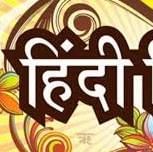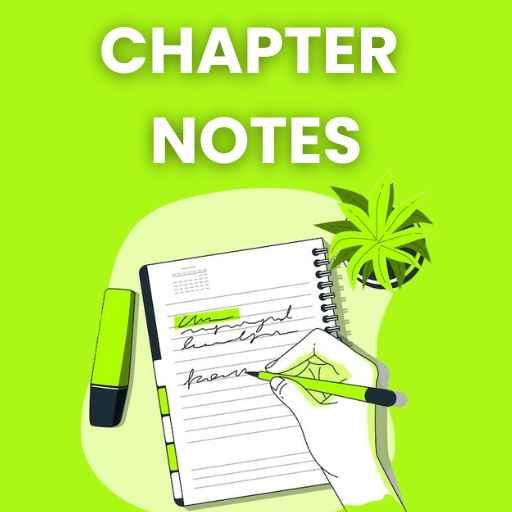Best Study Material for SSC CGL Exam
SSC CGL Exam > SSC CGL Notes > General Intelligence and Reasoning for SSC CGL > Overview: Clock & Calendar
Overview: Clock & Calendar | General Intelligence and Reasoning for SSC CGL PDF Download
Clocks
- A clock is a complete circle having 360 degrees. It is divided into 12 equal parts i.e. each part is 360/12 = 300. As the minute hand takes a complete round in one hour it covers 3600 in 60 min. In 1 min. it covers 360/60 = 60/ minute.
- Also, as the hour hand covers just one part out of the given 12 parts in one hour, this implies it covers 300 in 60 min. i.e. 1/20 per minute. Therefore, the relative speed of the minute hand is 6 - (1/2) = 5(1/2)degrees.
- Every hour, both the hands coincide once. In 12 hours, they will coincide 11 times. It happens due to only one such incident between 12 and 1'o clock.
- The hands are in the same straight line when they are coincident or opposite to each other.
- When the two hands are at a right angle, they are 15-minute spaces apart.
- In one hour, they will form two right angles and in 12 hours there are only 22 right angles. It happens due to right angles formed by the minute and hour hand at 3'o clock and 9'o clock.
- When the hands are in opposite directions, they are 30-minute spaces apart.
- If a clock indicates 9.15, when the correct time is 9, it is said to be 15 minutes too fast. On the other hand, if it indicates 8.45, when the correct time is 9, it is said to be 15 minutes too slow.
- If both the hour hand and minute hand move at their normal speeds, then both the hands meet after 65(5/11) minutes.
- 22 times in a day, the hands of a clock will be in a straight line but opposite in direction.
- 44 times in a day, the hands of a clock will be straight.
- 44 times in a day, the hands of a clock are at right angles.
- 22 times in a day, the hands of a clock coincide.
- When the minute hand is behind the hour hand, the angle between two hands at M minutes past H 'o clock will be 30(H-(M/5)) + (M/2)degree.
- When the minute hand is ahead of the hour hand, the angle between the two hands at M minutes past H 'o clock will be 30(H-(M/5)) - (M/2) degree.
Calendars
- In an ordinary year, there are 365 days, which means 52 * 7 + 1, or 52 weeks and one day. This additional day, is called an odd day.
- Every 100th year starting from 1st AD, is a non-leap year, but every 4th century year is a leap year. So, any year divisible by 400 will be a leap year e.g.: 1200, 1600 and 2000. And the years 1800, 1900 will be non leap years as they are divisible by 100, but not 400.
- The concept of odd days is very important in calendars. In a century - i.e. 100 years, there will be 24 leap years and 76 non–leap years. This means that there will be 24 * 2 + 76 * 1 = 124 odd days. Since, 7 odd days make a week, to find out the net odd days, divide 124 by 7. The remainder is 5. This is the number of odd days in a century.
- 100 years give us 5 odd days as calculated above.
- 200 years give us 5 * 2 = 10 - 7 (one week) = 3 odd days.
- 300 years give us 5 * 3 = 15 - 14 (two weeks) = 1 odd day.
- 400 years give us {5 * 4 + 1 (leap century)} - 21} = 0 odd days.
- Now, if we start from 1st January 0001 AD; for 0 odd day, the day will be Sunday; for 1 odd day, the day will be Monday; for 2 odd days, it will be Tuesday; for 3 odd days, it will be Wednesday and so on.
The document Overview: Clock & Calendar | General Intelligence and Reasoning for SSC CGL is a part of the SSC CGL Course General Intelligence and Reasoning for SSC CGL.
All you need of SSC CGL at this link: SSC CGL
|
177 videos|129 docs|197 tests
|
FAQs on Overview: Clock & Calendar - General Intelligence and Reasoning for SSC CGL
| 1. What is a clock? |  |
| 2. What are the different types of clocks? |  |
There are various types of clocks, including analog clocks, which have a traditional dial and hands, and digital clocks, which display time using numeric digits. Other types include wall clocks, alarm clocks, grandfather clocks, and atomic clocks.
| 3. How do analog clocks work? |  |
Analog clocks work by using gears and springs to regulate and display time. The gears are connected and rotate at different speeds, causing the hands to move on the clock face. The main gear is driven by a spring that is wound manually or by a battery.
| 4. What is a calendar? |  |
A calendar is a system used to organize and measure time, typically based on the Earth's movements around the sun. It divides time into days, weeks, months, and years, allowing people to keep track of important dates and events.
| 5. How do calendars differ from clocks? |  |
While clocks measure and display time, calendars focus on organizing time into larger units such as days, months, and years. Calendars also account for the Earth's orbit around the sun, which creates the need for leap years to adjust for the extra fraction of a day. Clocks, on the other hand, mainly focus on measuring and displaying the current time of day.
Related Searches































